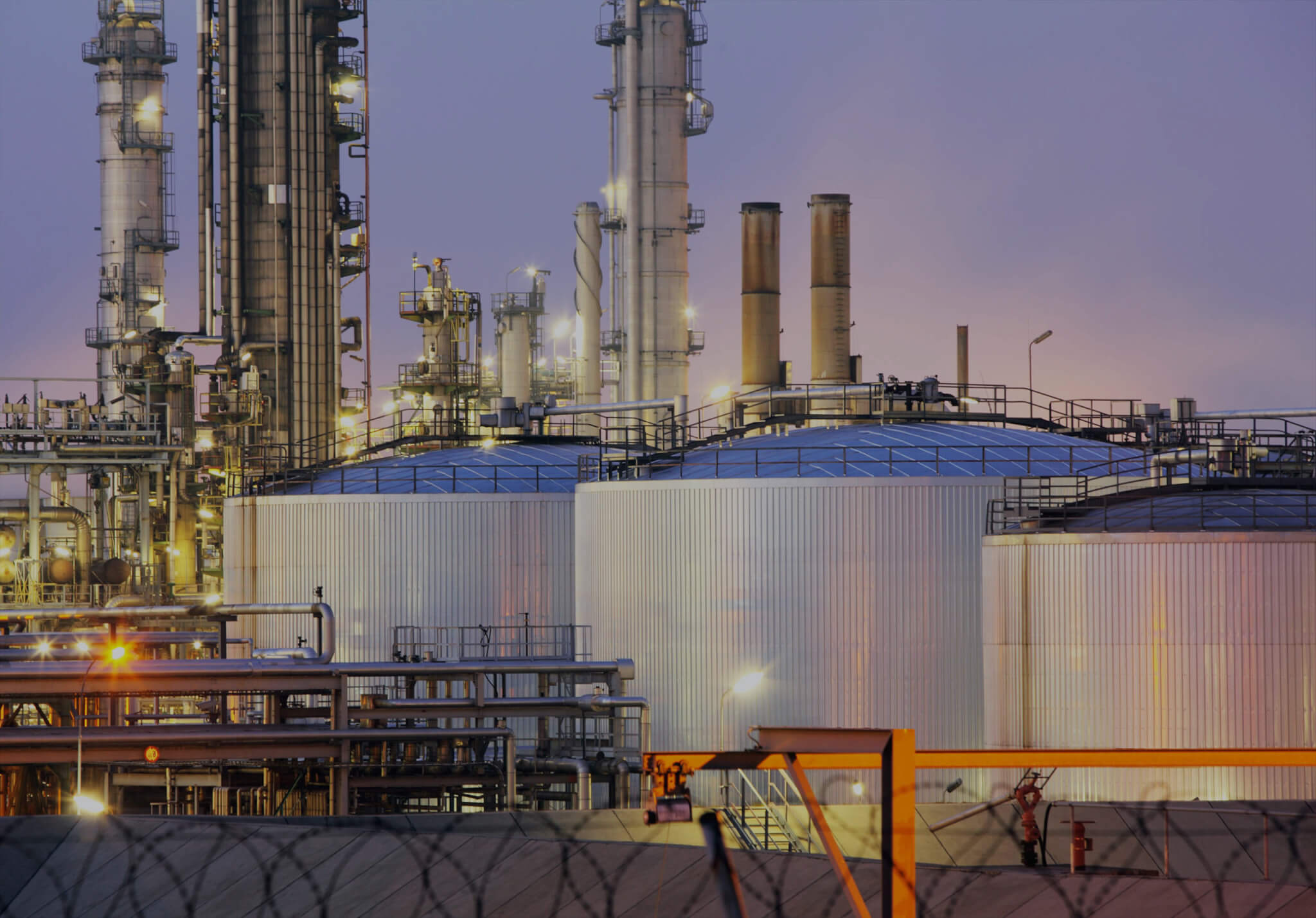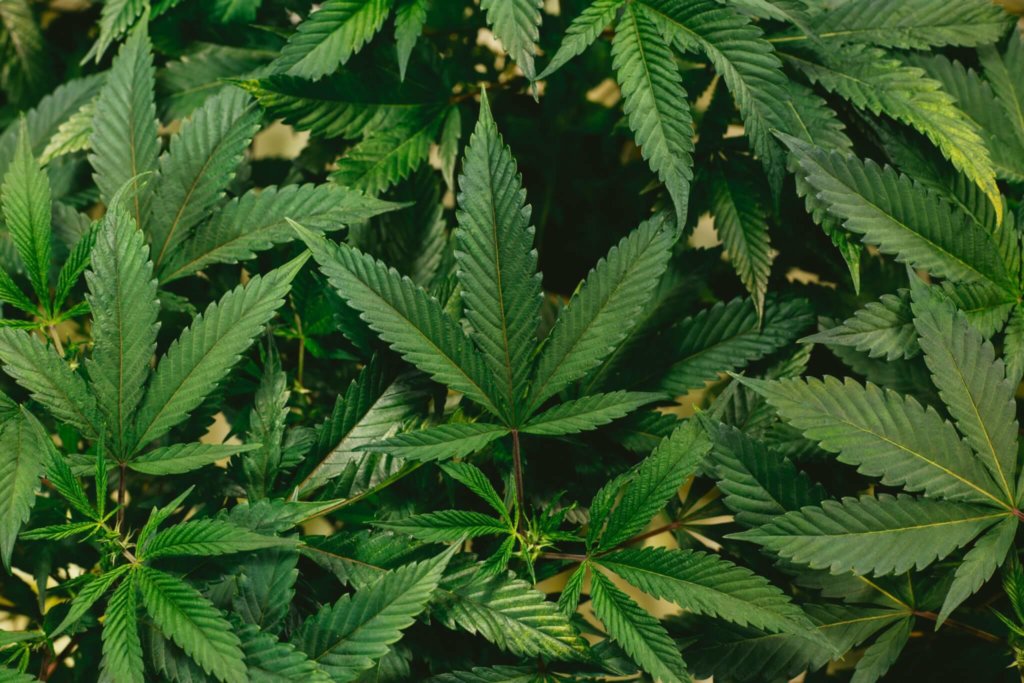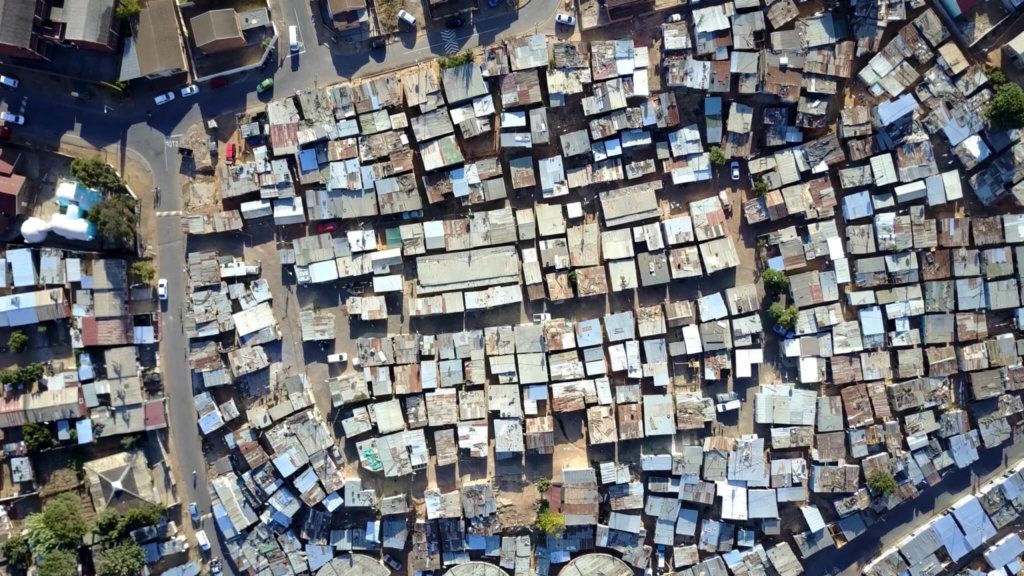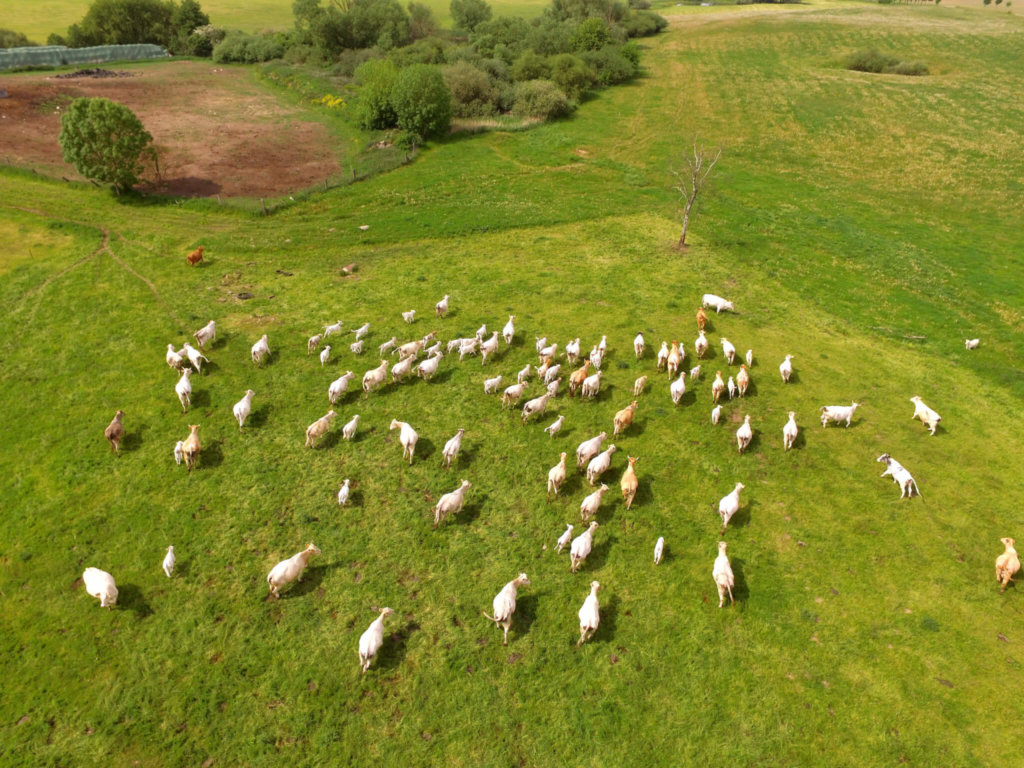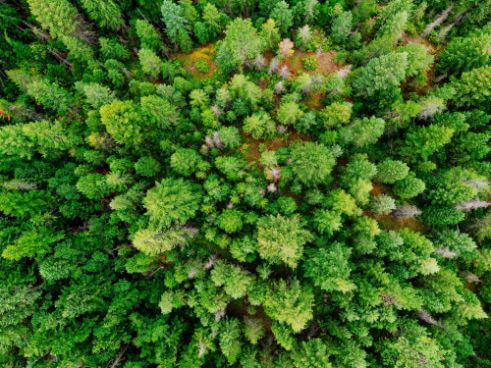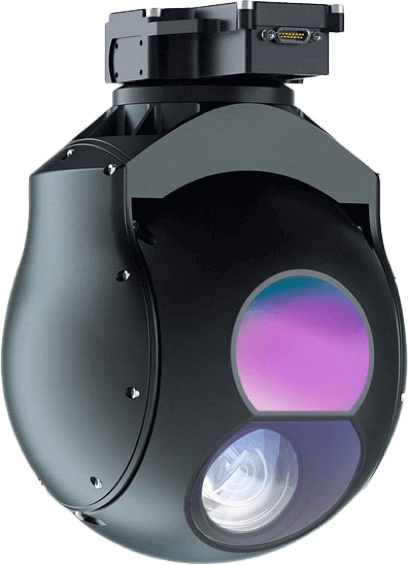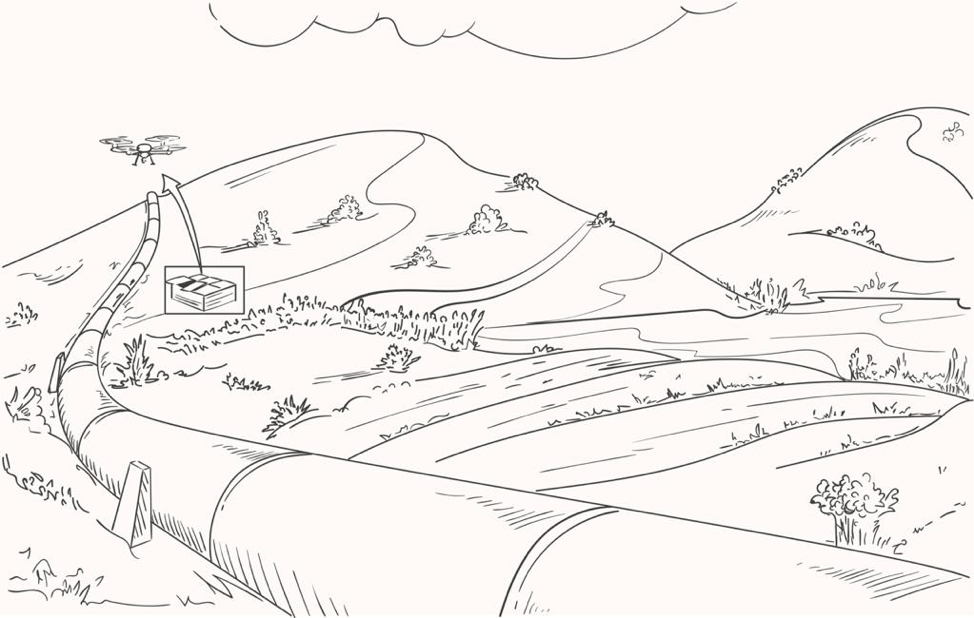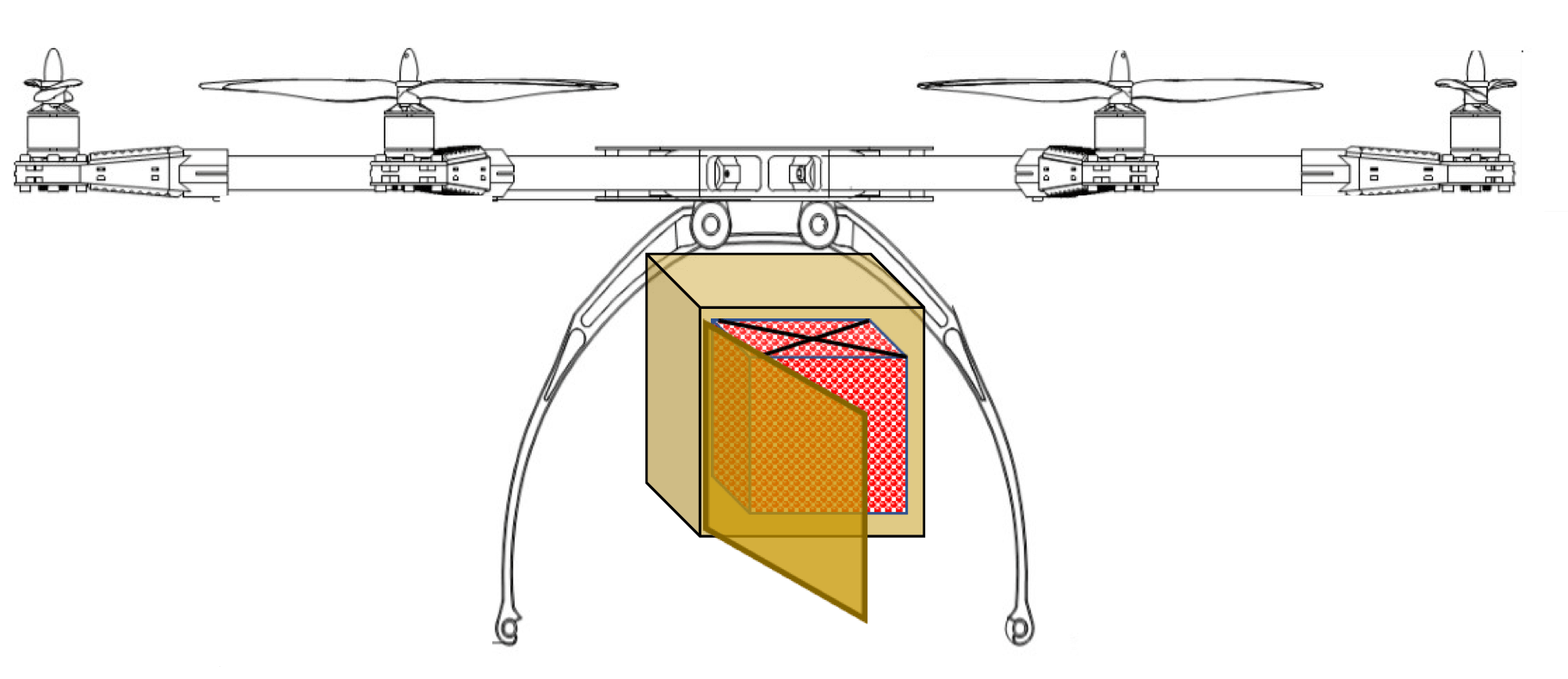Unmanned Aerial Vehicles (UAVs), or drones, play an essential role in the oil and gas industry. Owing to their increasing capacity to improve operational efficiency throughout the value chain. Recent technological advancements in sensing and imaging techniques resulted in drones now in use for various applications in engineering and pure research.
Commercial drone manufacturers are collaborating with businesses globally to develop specialized solutions for industrial usage. Numerous individuals can utilize UAVs or drones for personal reasons, such as surveillance.
Aerial Imaging
Aerial imaging is the primary use of UAVs. Drones can examine oil platforms without touching them due to their arial altitude. They may inspect the equipment from the inside, evaluate its condition, take photographs, and even fly above it to collect the required measurements. As a result, they are well-suited for oil and gas exploration.
While UAVs are an attractive complement to traditional approaches to facility management. There are cost-beneficial opportunities in the automated collection, maintenance, and surveillance workflows. It has more effective data analysis to generate predictive insights about facilities.
Oil and gas industries take advantage of the following benefits with oil and gas drones:
Upgraded Inspections
The primary reason oil and gas industries have begun to use drones is the capacity of UAVs to conduct inspection-related tasks quickly and safely.
Oil and gas drones are transforming the way inspections are conducted around the globe. Pipeline inspections are one of the most potential applications for UAVs. A single drone flight gives much more information than a single person can.
Remote Monitoring and Surveillance
Oil and gas drones provide 360-degree views of the subject being monitored. They help monitor field activities, monitor the construction of new infrastructure. And identify encroachment on pipelines, railroads, and other corporate property.
Using drones in remote monitoring has made it possible to conduct adequate inspections of completely automated offshore oil and gas rigs. Oil and gas firms may examine unmanned production units utilizing remote monitoring through drones.
Emergency Response Activities
Natural catastrophes or industrial mishaps are inevitable events to happen. UAVs can play an integral tool to provide a birds-eye view of what is happening on the ground.
Drone-delivered real-time pictures and video analytics may also be used to track the development of oil spills and fires. It allows businesses to manage emergency response operations better. And allocate resources properly while ensuring worker safety and well-being.
Advanced Goods Handling and Delivery
The use of UAVs to deliver goods for a variety of consumer-oriented and health-related industries is being studied. UAVs may potentially be modified for usage in the oil and gas industry to transport cargo to nearby production sites.
Improved Workplace Safety
UAVs allow businesses to minimize hazards associated with workers entering restricted areas or other dangerous locations. It ensures that security and safety in the industry are maintained and well-monitored.
Drones can prevent the need for conventional ways of surveying regions and potentially dangerous situations. If some circumstances need human involvement, they may reduce the time required for human engagement by using drones effectively.
Increased Cost Savings
UAV inspections reduce the amount of precious work time needed to perform staff investigations.
Drone-assisted inspections need lesser personnel. Maybe only one engineer and a drone pilot. The capacity to conduct inspections more rapidly results in time savings for other tasks.
Consider our commercial long-range drones for security, surveillance, and other applications. We’ll assist you in selecting the appropriate design and equipping you with the appropriate device. To learn more about your choices, visit Airborne Drones!
